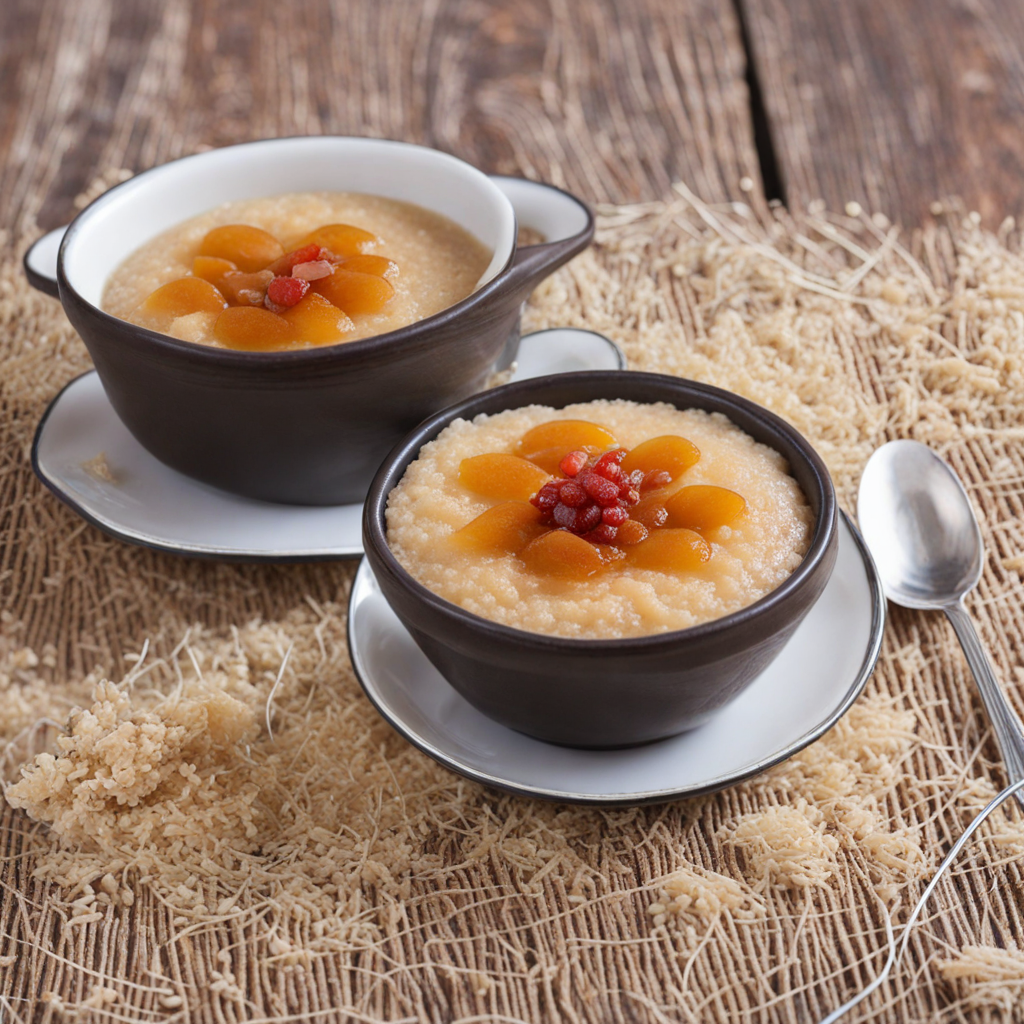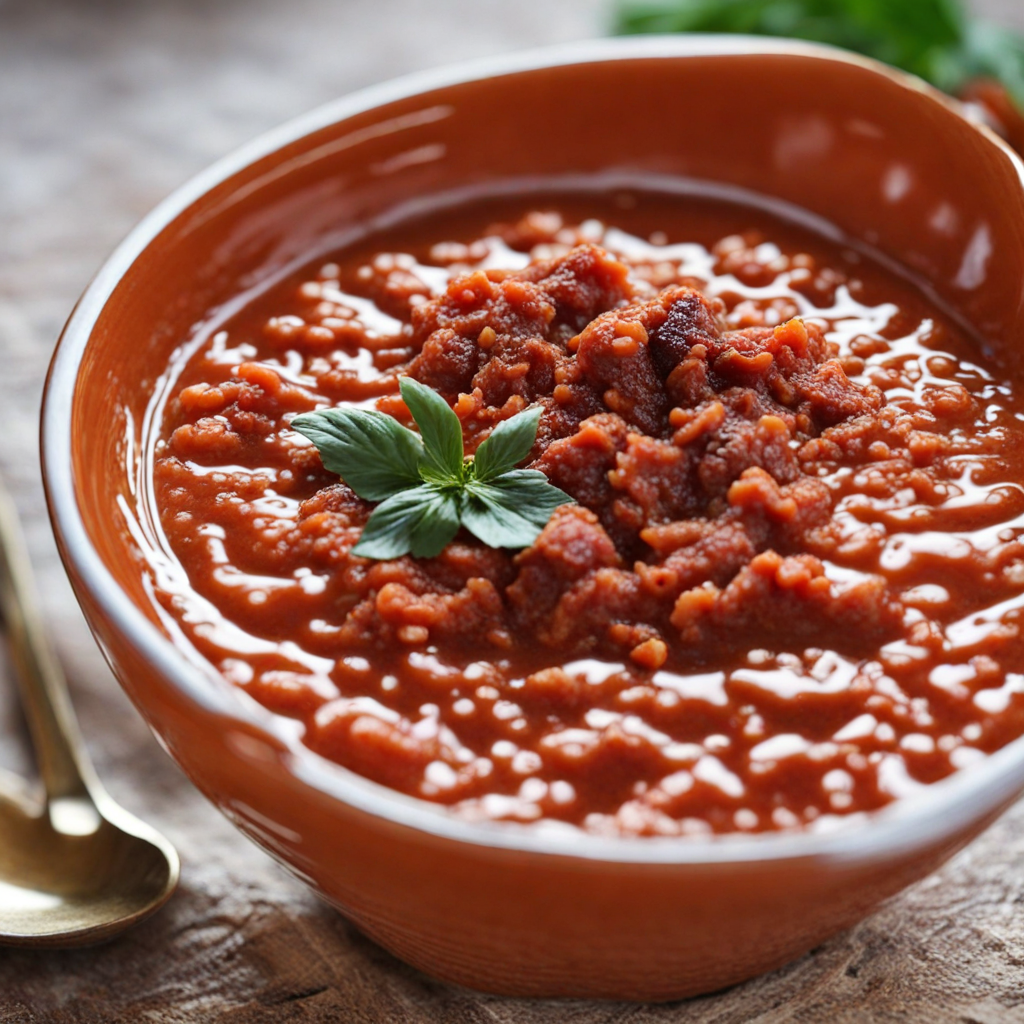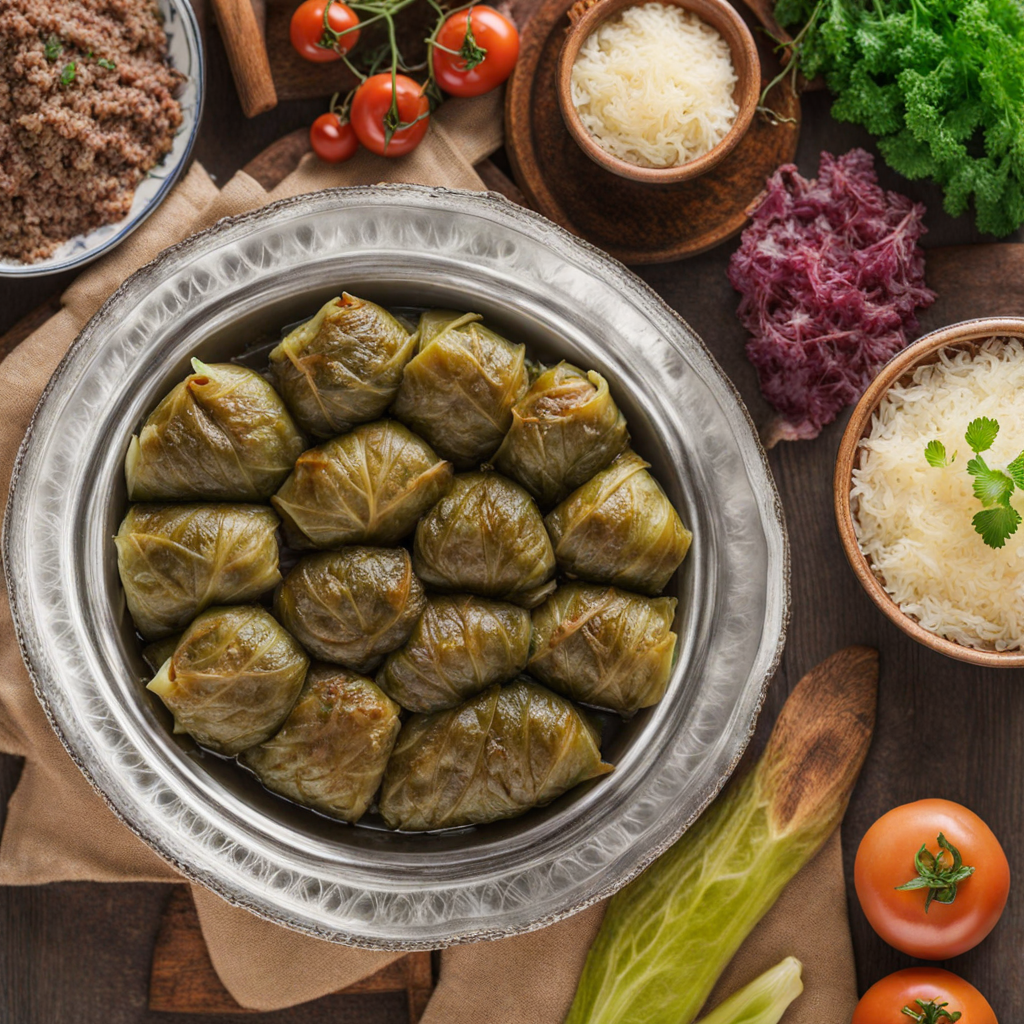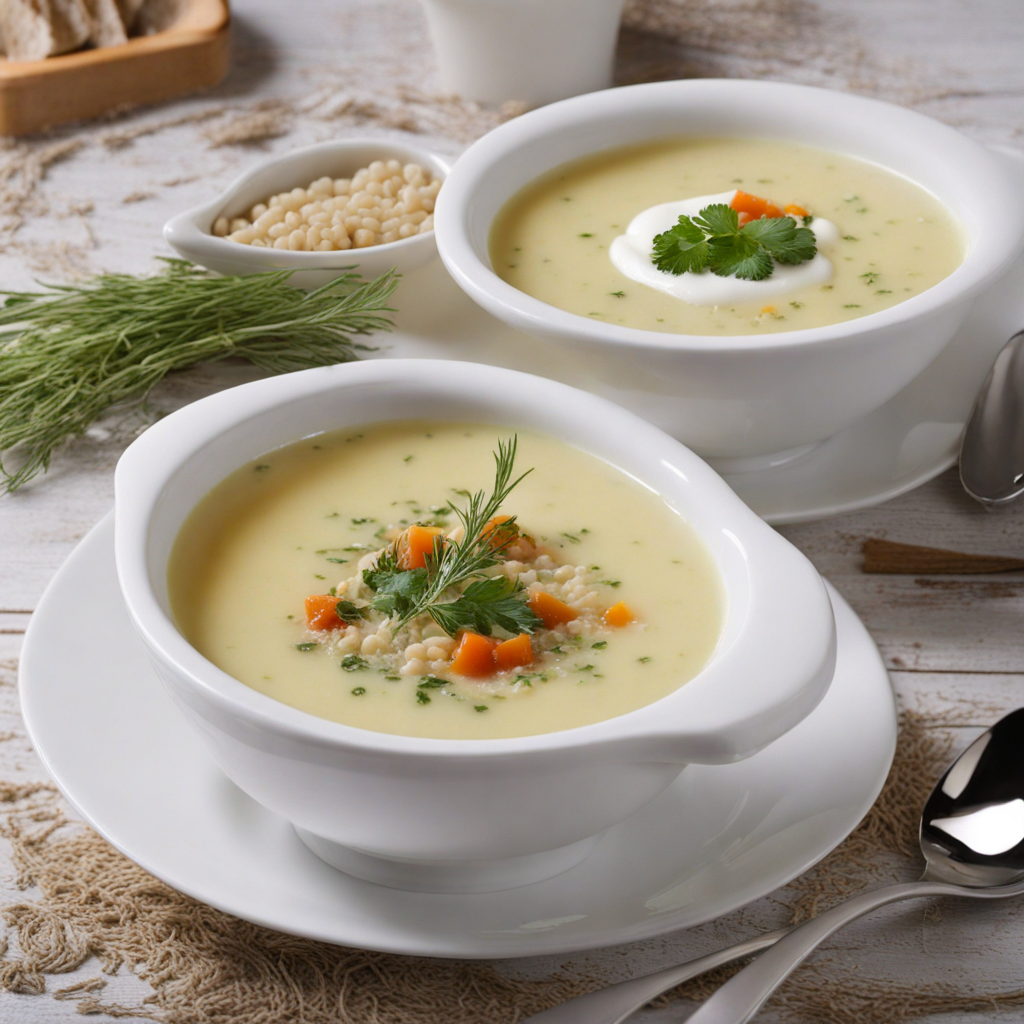Blghourapour
Blghourapour is a delightful Armenian dish that combines the rich flavors of traditional grains with aromatic spices and fresh ingredients. At its core, this dish features blghour, a unique type of bulgur wheat that is coarsely ground to retain a slightly chewy texture. This grain serves as the base, absorbing the flavors of the accompanying ingredients while providing a nourishing and hearty foundation. The addition of sautéed onions and garlic enhances the aroma, making it a comforting dish that evokes the warmth of home-cooked meals. To elevate the taste profile, Blghourapour is typically infused with a medley of spices such as cumin, coriander, and black pepper. These spices not only add depth but also complement the natural nuttiness of the blghour. Often, seasonal vegetables like bell peppers, tomatoes, and zucchini are incorporated, contributing vibrant colors and a fresh crunch that balances the richness of the dish. The final touch often includes a sprinkle of fresh herbs, such as parsley or mint, which brightens the overall flavor and adds a refreshing contrast. This dish is often served warm, making it perfect as a main course or a side dish at gatherings. The versatility of Blghourapour allows it to be enjoyed with grilled meats, stews, or even on its own as a satisfying vegetarian option. For those seeking to explore Armenian cuisine, Blghourapour offers a unique and savory experience that embodies the heart of this rich culinary tradition.
How It Became This Dish
Origins of Բլղուրապուր The dish known as Բլղուրապուր (Blghurapur) hails from the rich culinary tapestry of Armenia, where the use of bulgur wheat has been a staple for centuries. Bulgur itself is a whole grain made from cracked wheat, and its history can be traced back to ancient civilizations in the Near East, including the Armenians, who have been cultivating wheat since at least the 7th millennium BC. The preparation of bulgur involves parboiling, drying, and cracking the wheat, which not only preserves its nutrients but also allows for a quicker cooking time, making it an ideal ingredient for various dishes. In Armenian cuisine, bulgur is often used as a base for many traditional dishes, and Blghurapur is no exception. The dish is essentially a hearty porridge made with bulgur, water, and often enriched with ingredients like butter, meat, or vegetables. Its simplicity and wholesome nature make it a cherished comfort food among Armenians, representing a connection to their agricultural roots and the ancient practices of their ancestors. \n\n Cultural Significance Blghurapur holds a special place in Armenian culture, particularly in rural communities where traditional cooking methods have been preserved through generations. It is often prepared during significant occasions such as family gatherings, weddings, and religious holidays, symbolizing unity and sharing. The act of making Blghurapur is frequently a communal activity, where family members come together to prepare the dish, reinforcing social bonds and cultural heritage. Moreover, the dish is often associated with hospitality in Armenian culture. When guests visit, it is customary to serve Blghurapur as a way of honoring them. This reflects the Armenian value of generosity and warmth, as food is seen as a medium of love and connection. The dish is also adaptable, allowing families to incorporate seasonal ingredients or personal preferences, which further cements its role in the culinary identity of the Armenian people. \n\n Development Over Time Throughout history, Blghurapur has evolved, influenced by various factors, including migration, trade, and cultural exchange. The Ottoman Empire's presence in the region introduced new spices and cooking techniques that enriched Armenian cuisine. As a result, modern variations of Blghurapur may include additional spices such as cumin, paprika, or black pepper, which enhance its flavor profile while still honoring traditional methods. The 20th century brought significant changes to the lives of Armenians, particularly with the tragedies of the Armenian Genocide and subsequent diaspora. As Armenians settled in various parts of the world, they adapted their culinary practices to suit new environments and ingredient availability. In this diaspora, Blghurapur became a symbol of resilience, reminding Armenians of their homeland and cultural identity. The dish’s adaptability allowed it to flourish in different culinary landscapes, with local ingredients often incorporated to give it a unique twist. \n\n Modern Interpretations With the resurgence of interest in traditional foods and local ingredients in recent years, Blghurapur has seen a revival among younger generations of Armenians. Chefs and home cooks alike are experimenting with new interpretations, adding contemporary flair while preserving the essence of the dish. For instance, some versions might include roasted vegetables or a variety of meats, catering to modern palates and dietary preferences. Additionally, the global popularity of health-conscious eating has spotlighted bulgur as a nutritious alternative to refined grains. As a result, Blghurapur has found its way onto menus beyond Armenian restaurants, appealing to those seeking wholesome and hearty dishes. Its high fiber content, protein, and low glycemic index make it an attractive option for health enthusiasts, further solidifying its relevance in today’s culinary landscape. \n\n Conclusion: A Culinary Heritage In summary, Blghurapur is more than just a dish; it is a vibrant part of Armenian heritage that embodies the agricultural history, cultural values, and adaptive spirit of the Armenian people. Its origins rooted in ancient practices have allowed it to evolve while remaining a beloved staple in Armenian households. As the dish continues to adapt to modern tastes and lifestyles, it serves as a bridge connecting past and present, reminding us of the importance of food as a vessel for cultural identity and community. Whether served at a family gathering or enjoyed in a modern restaurant, Blghurapur will always hold a special place in the hearts of those who cherish Armenian culture.
You may like
Discover local flavors from Armenia







